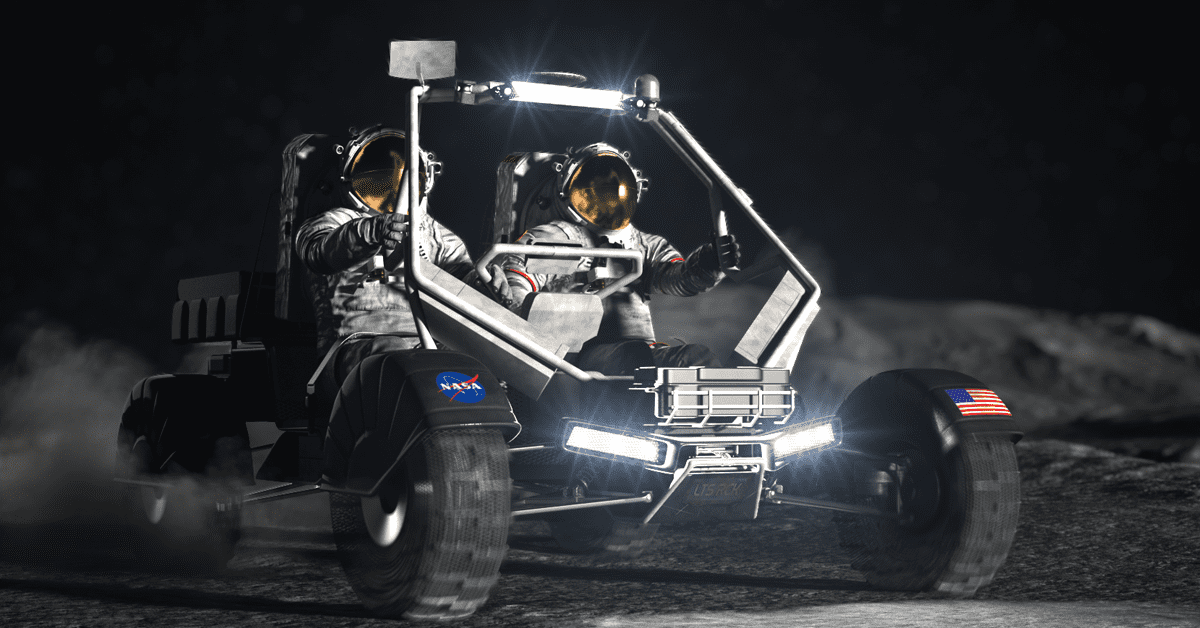 Aerojet Rocketdyne (NYSE: AJRD) has been awarded a three-year, $67 million contract to design and build electric propulsion technology for use in NASA‘s deep-space exploration missions.
Aerojet Rocketdyne (NYSE: AJRD) has been awarded a three-year, $67 million contract to design and build electric propulsion technology for use in NASA‘s deep-space exploration missions.
The company will help develop a propulsion system that will comprise a thruster, a power processing unit, an electrical harness and a low-pressure xenon flow controller, NASA said Wednesday.
The agency intends to apply the resulting platform to its Asteroid Redirect Mission and Mars exploration program.
œThrough this contract, NASA will be developing advanced electric propulsion elements for initial spaceflight applications, which will pave the way for an advanced solar electric propulsion demonstration mission by the end of the decade, said Steve Jurczyk, associate administrator of NASA™s space technology mission directorate.
Aerojet Rocketdyne will design an engineering development unit for evaluation prior to the manufacture of additional flight units and will build four integrated flight units if a contract option is exercised.
The AEPS initiative aims to increase fuel efficiency of space vehicles by 10 times and more than double thrust power compared with existing spacecraft propulsion systems.





